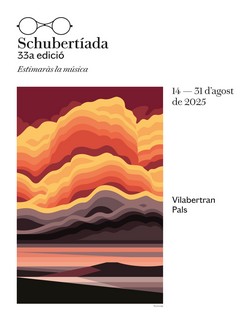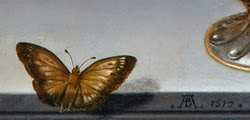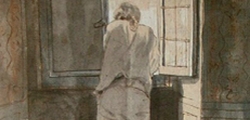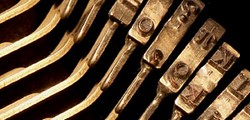
In the cellars of Heidelberg Castle, there is a huge tun that is a popular spot for tourists. Constructed in 1751, its capacity exceeds 220,000 liters, equivalent to approximately 300,000 bottles at standard capacity. From the photos, I would estimate that it is roughly ten meters in diameter, even though I haven't been able to find the exact measurements.
The Rhine bridge that we see today in Mainz dates from 1885, but prior to that, dating back to 1661, there was a pontoon bridge. It was approximately 500 meters in length and was held up by forty-eight boats. Photographs of the location have been preserved, and it was undoubtedly impressive.
According to Christian legend, St. Christopher used to cross a dangerous river carrying people, saving them from drowning. He faced a difficult challenge when the Child Jesus appeared to him to be forded, because despite children are relatively light, the weight of all the sins of the world was borne by this one; for this reason, he is typically portrayed as a giant carrying a child on his shoulders. The statue of Saint Christopher In the cathedral of Cologne is almost four meters high.
If you're wondering about this weird start, the answer is in Die alten, bösen Lieder, the last song in Dichterliebe. Heinrich Heine required the boot, the bridge, and the statue to conclude his Lyrisches Intermezzo, and Schumann concludes his cycle with this poem. Heinrich Heine tells us in the first verses that he wants to bury the songs that were with him through his love story because he finds them awful now. In addition, he wants to bury his dreams, most likely both the ones of the last songs and the ones he had when he was awake. But he'll put something else in the coffin that he won't want us to know about until the end, something that needs the coffin to be as big as the tun, the death bier to be as long as the bridge, and the twelve giants carrying it to be as strong as the Saint Christopher. The coffin is too big for any grave, so they will throw it into the sea.
When we bid the poet farewell, how will he be feeling? Maybe the music will tell us. There is a marked rhythm in the first four stanzas that conveys a sense of energy and determination; on the other hand, the score is marked as "ziemlich langsam," that's to say, "quite slowly." This must be hard for the performers, who need to find a balance. The slowest rhythm in the fifth stanza makes us think of a funeral procession. while in the sixth, the poet says goodbye to his love and pain, which have been a burden to him up to that point. Those are the two huge things he had to bury in that very large coffin. Even though the vocal line ends, the poet keeps talking in the postlude for piano, which is long and beautiful and brings back the melody of Am leuchtenden Sommermorgen, where the flowers ask the poet to forgive the beloved. it is, perhaps, a last reflection about the poet that will lead listeners to different conclusions. I can hear a poet who is sad, yet he is resolute in his determination to continue on his journey, leaving behind such a bitter experience.
We have now reached the end of Dichterliebe. Regular readers know that we typically listen to a cycle's songs in an unorganized manner. Except for Dichterliebe, which I chose to share in order, a kind of experiment that started on May 3, 2012. To close it, we will hear the great Fritz Wunderlich accompanied by Hubert Giesen, the same duo that opened it.
And now, what? Will we never hear any more Dichterliebe songs? Yes, of course there will be always a good reason. Also… Did you know that Schumann composed twenty songs for the cycle, and discarded four before publishing it?
Die alten, bösen Lieder,
Die Träume bös und arg,
Die laßt uns jetzt begraben,
Holt einen großen Sarg.
Hinein leg' ich gar manches,
Doch sag' ich noch nicht was;
Der Sarg muß sein noch größer,
Wie's Heidelberger Faß.
Und holt eine Totenbahre,
und Bretter fest und dick;
Auch muß sie sein noch länger,
Als wie zu Mainz die Brück'.
Und holt mir auch zwölf Riesen,
Die müssen noch stärker sein
Als wie der starke Christoph
Im Dom zu Köln am Rhein.
Die sollen den Sarg forttragen,
Und senken ins Meer hinab,
Denn solchem großen Sarge
Gebührt ein großes Grab.
Wißt ihr, warum der Sarg wohl
So groß und schwer mag sein?
Ich senkt auch meine Liebe
Und meinen Schmerz hinein.
Please follow this link if you need an English translation


















Comments powered by CComment